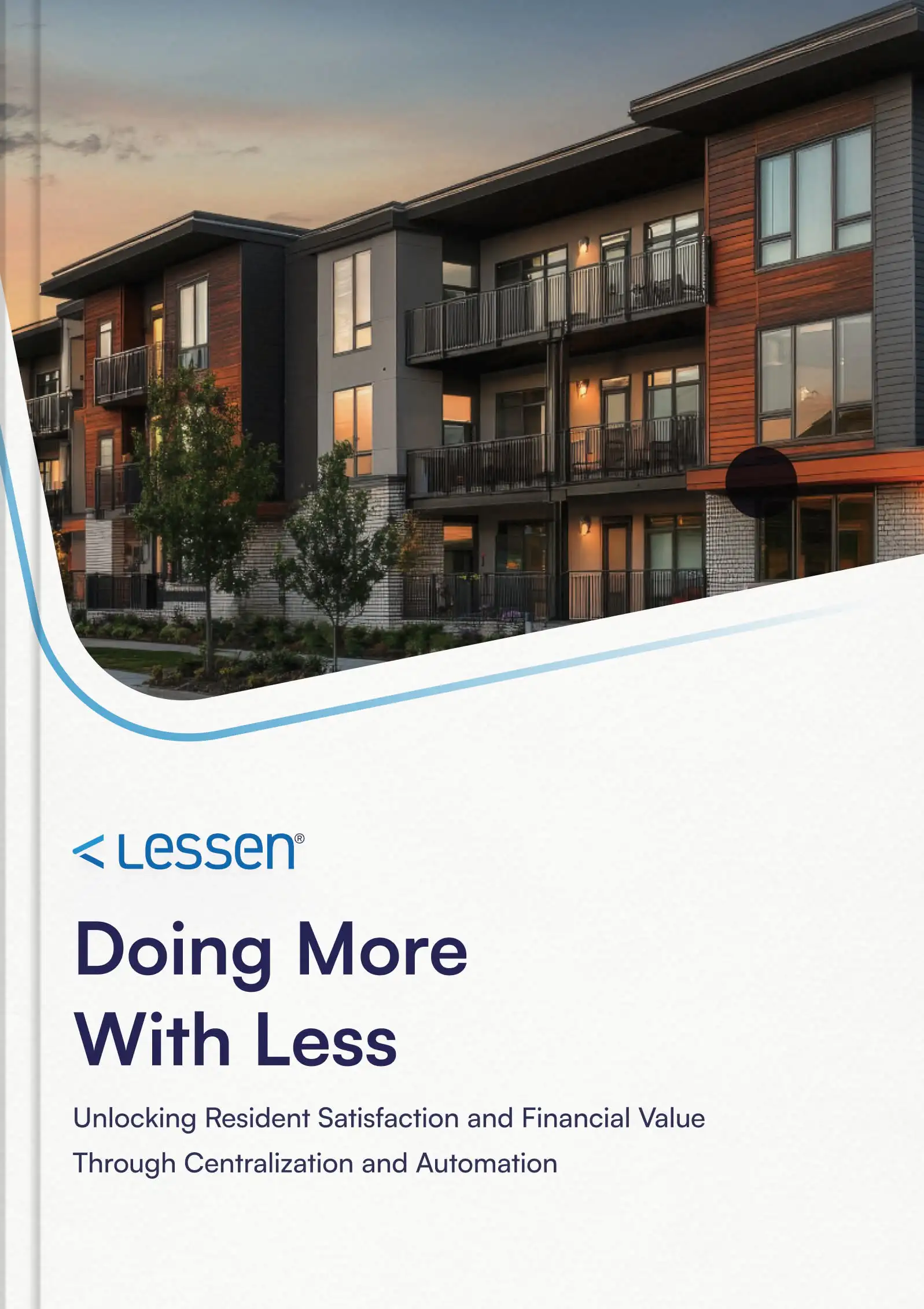Bank branches hold the key to the future of customer trust in the retail banking sector


According to recent research by Kearney, customer trust is what drives revenue for banking institutions—and what influences trust more than anything else is the overall customer experience. For retail banking locations, the condition of the facility—from clean floors and restrooms to working lights and manicured landscaping—can have just as much of an impact on the brand experience as customer service and digital offerings.
It’s no secret that positive customer experiences lead to customer satisfaction and loyalty: satisfied customers are more likely to continue their relationship with a bank, use more of its products and services, and refer others to do the same. This has a positive impact on revenue generation through increased cross-selling and upselling opportunities and on brand image and reputation through increased loyalty to retain customers. On the other hand, negative experiences can result in customers switching to other banks, which can be costly for the bank in terms of lost business and acquiring new customers to replace them.
When it comes to facilities, a preventative maintenance program has one of the biggest impacts on customer satisfaction and consequently facilities budgets. The first is by ensuring facilities are performing at their best and providing the best possible customer experience. The second is that preventative maintenance helps to ensure assets are performing consistently, reducing the need for emergency repairs and unplanned downtime.
These are the ways the a good preventative maintenance can improve customer satisfaction and budget ROI.
#1 Reduced repair costs
When an asset defect isn't discovered until it has evolved into a serious malfunction, repair costs can quickly escalate. However, preventative maintenance reduces repair costs because it catches smaller issues earlier on. Even small defects can turn into major, cross-departmental expenses. Regular cleaning and maintaining of equipment catches these issues earlier, preventing an asset or system malfunction. Scheduled, routine maintenance removes grit that mars flooring, heads off surface corrosion, and catches leaks before they become floods that ruin merchandise or fixtures.
#2 Lower business operations costs
Poorly maintained equipment costs more to operate. Whether it's an HVAC system or plumbing, a system that isn't regularly maintained will use more energy to operate, eating into monthly P&L and increasing operational costs. Consider a building’s heating and cooling performance: The U.S. Department of Energy recommends monthly HVAC maintenance to maximize efficiency and lower operating costs. A dirty filter adds stress to the air intake system and increases energy consumption, but preventative maintenance removes this inefficiency to save energy and reduce costs.
#3 Preservation of asset investments
Replacing a critical asset, especially a costly one such as a new roof, HVAC unit, or flooring, can ruin a budget and force difficult decision around repair, store closures, and deferred spending in other areas. Preventative maintenance helps to stabilize budgets by prioritizing smaller repairs and maintenance over a fixed timeline instead of infrequent larger reactive spend. This not only reduces the risk of unexpected failure of an asset, but it also stabilizes facilities budgets and allows for better financial planning.
Preventative maintenance also prevents a localized problem from becoming a larger one. For example, according to the Journal of Architectural Engineering, a failing, leaking roof will eventually compromise the whole building envelope. Consistent preventative maintenance can address the smaller leak before it becomes a costly replacement.
#4 Better brand value and customer relations
One of the greatest advantages of a preventative maintenance program for retail banking is reduced down time.
With the pivot to mobile for day-to-day transactions, financial service customers depend more and more on branches to conduct their most sensitive and usually their biggest financial needs. They look to conduct mortgage applications or financial planning in person, which can only be delivered when the branch is open and not closed because of unplanned maintenance. This inspires trust and reinforces brand perception for the bank.
Preventative maintenance is an integral part of a multifaceted branding and reputation strategy:
- It extends to customer willingness to invest capital in a financial institution.
- It impacts long-term customer and investor loyalty.
- It also impacts long-term real estate value.
A reactive approach to maintenance is riddled with surprises, but with a strategic preventative maintenance program, banking and financial services locations can deliver great customer experiences while providing greater oversight and stability to facilities budgets.
A well-functioning maintenance strategy is essential to the success of any modern-day facilities portfolio. To make sure your facilities maintenance strategy is meeting your needs, request a demo to learn more about how our programs can help you.

- This is my list